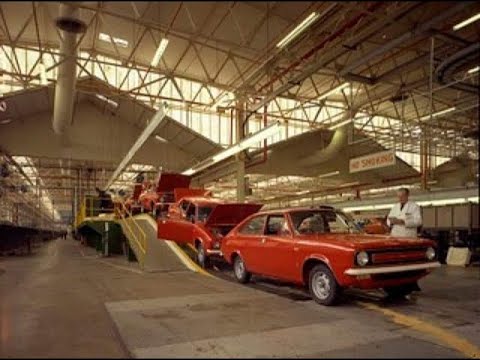In Part 1, on 2023-04-02, we saw how the postwar consolidation of the British automotive industry led to the formation of British Motor Corporation (BMC), which went on to absorb Jaguar in 1966. This left BMC and Leyland Motors as the only two large domestic auto manufacturers in the U.K. (Ford continued to be a major presence in the market, but was wholly owned by its U.S. parent company.)
In 1968, the ratchet of government “encouraged” consolidation advanced another notch with the merger of BMC and Leyland to form British Leyland Motor Corporation. Merging two companies struggling with antiquated product lines, obsolete factory equipment, obstructionist and radical trade unions, and dealer networks competing against one another worked about as well as you can imagine, and the whole rickety edifice collapsed in 1975, with the British Labour goverment of Harold Wilson nationalising the wreckage under the guidance of Minister of Technology “Red Tony” Benn, which was certain to improve the situation, as politicians and bureaucrats obviously know more about manufacturing automobiles that appeal to customers than those who have been building them for three quarters of a century.
British Leyland was subsequently renamed Rover Group and sold to BMW in 1986. The divested MG Rover Group finally collapsed in 2005, bringing mass market domestic auto manufacturing in Britain to an end.
